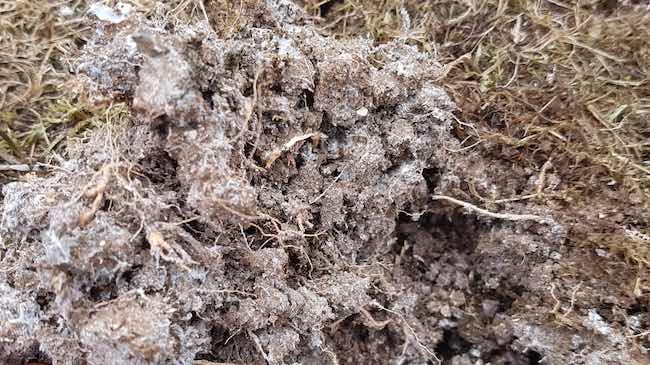
As the climate warms, it suits ants in your garden. How many people are facing ant problems in their gardens? Ants do not normally cause any harm or damage in your garden but are a nuisance, especially with the use of lawns.
Ants normally establish themselves on older lawns with a layer of thatch or dead grass in the surface of the lawn. In addition, older lawns have a layer of fungus called Dry Patch Disease which stops rain and irrigation water from penetrating the lawn creating a dry soil under the surface suitable for ants to build nests.
To tackle the ant problem in your lawn

- The first thing to do is to check the extent of the dry patch by digging test holes in the affected areas, this will determine if it is possible to control the disease with fungicides and wetting agents. In extreme cases of Dry Patch, the soil may be badly infected with white mycelium evident all the way and beyond the root zone.
- Try spiking the lawn with a garden fork pushing your fork in as deep as possible several times in an area of a square metre
- Next start watering the lawn with a spray head on the end of a hose after first watering the lawn with a watering can contain a few drops of dishwashing up liquid or baby shampoo as a wetting agent
- Once the lawn starts to increase in moisture you can try introducing the pathogenic nematode, Steinernema feltiae as biological control
https://www.crocus.co.uk/product/_/nk-nematodes-biological-ant-control/classid.2000042736/
- Depending on the soil pH feeding the lawn with some bio lime should also help to solve the problem. Ask your GardenAdvice expert gardener with the GardenAdvice MyGardenTeam service
https://www.pitchcare.com/shop/viano-green-comfort-bio-lime-organic-fertiliser-20-kg.html
To tackle the ant problem in your borders and pots
- With pots and borders keeping them well fed and watered is the key to discouraging ants and applying Steinernema feltiae as biological control.





















